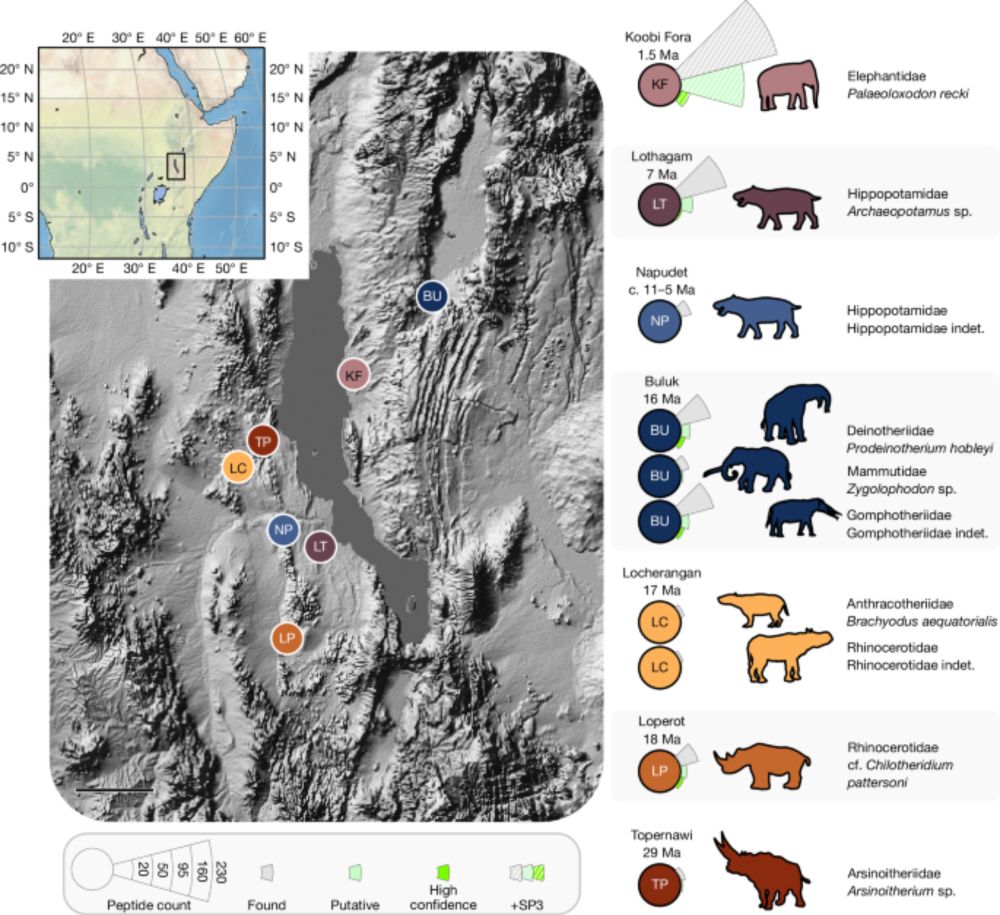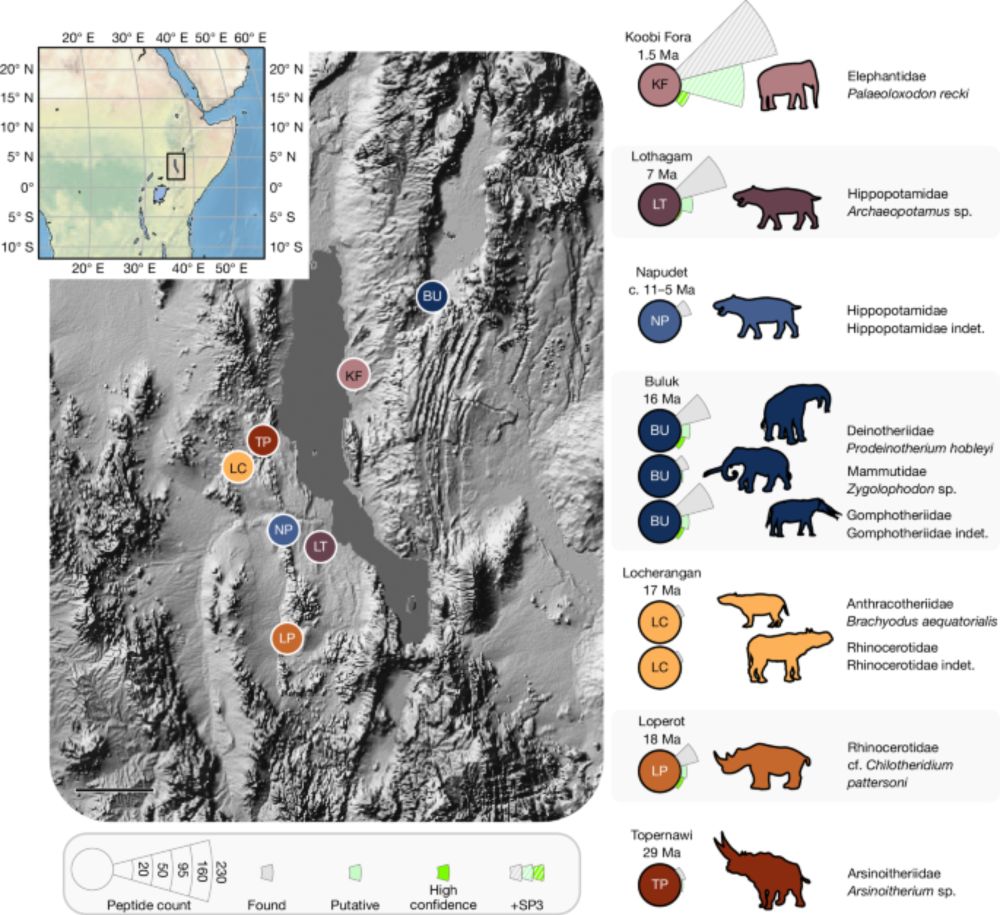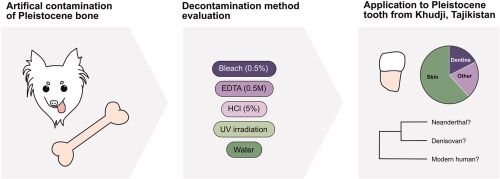






go.nature.com/4lFx4KN

go.nature.com/4lFx4KN
@paleoproteomicist.bsky.social @fridowelker.bsky.social @harvardpress.bsky.social @smithsonianmag.bsky.social @newscientist.com
www.newscientist.com/article/2487...

@paleoproteomicist.bsky.social @fridowelker.bsky.social @harvardpress.bsky.social @smithsonianmag.bsky.social @newscientist.com
www.newscientist.com/article/2487...



doi.org/10.1016/j.ja...

doi.org/10.1016/j.ja...
American School of Classical Studies at Athens (ASCSA)
bd-2025.com
Abstract submission is now open!
more information here: bd-2025.com/abstracts

American School of Classical Studies at Athens (ASCSA)
bd-2025.com
Abstract submission is now open!
more information here: bd-2025.com/abstracts
The deadline for the ISBA11 abstract submission is quickly approaching - January 20th!
CLICK HERE TO SUBMIT YOUR ABSTRACT
www.isba11.com/abstract-sub...
#archaeology #biomoleculararchaeology #ISBA #ISBA11 #archaeologists
@isbarchaeology.bsky.social @archaeobiomics.bsky.social
The deadline for the ISBA11 abstract submission is quickly approaching - January 20th!
CLICK HERE TO SUBMIT YOUR ABSTRACT
www.isba11.com/abstract-sub...
#archaeology #biomoleculararchaeology #ISBA #ISBA11 #archaeologists
@isbarchaeology.bsky.social @archaeobiomics.bsky.social



Contact Zandra Fagernäs, Copenhagen for an invite link to their Slack space.
Contact Zandra Fagernäs, Copenhagen for an invite link to their Slack space.

